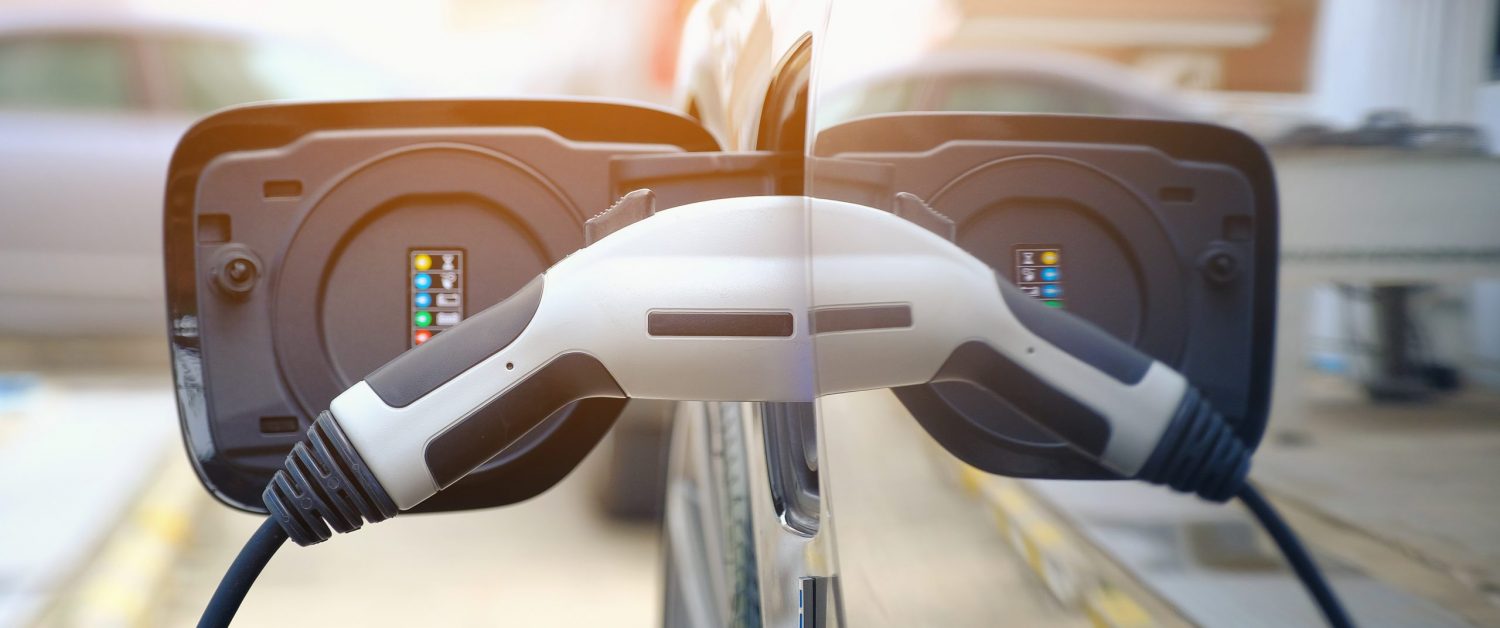Are you installing EV charge points and looking for a compliant alternative to Earth electrodes?
Why do I need to install Earth electrodes?
PME ( TNCS) is the most common form of earthing provided at new installations and utilises a single conductor for the neutral and earthing functions (PEN) with an earth terminal derived from the neutral cable. The danger arises if there is an open PEN conductor within the network. This can lead to an electric shock if any metallic parts, including gas pipework and any bonded appliance, were touched by a person in simultaneous contact with the general mass of Earth
Unfortunately, MCBs and RCDs currently used DO NOT detect this fault and DO NOT offer any protection
Because of this the IET Wiring Regulations BS:7671 2018 Amendment 1 2020, states that a PME earthing facility shall not be used as means of earthing for the protective conductor contact of a charging point located outdoors or that might reasonably be expected to be used to charge a vehicle located outdoors.
Unless one of the following methods is used
- The charge point forms part of a three-phase installation where all of the demand including the charge point/s are balanced over all of the available phases
- The car charging installation includes an Earth electrode of sufficient resistance to ensure the rise of earth potential will be limited to a maximum of 70 V rms during a broken neutral event
- Protection of electric shock is provided by a device which disconnects the charging point/s from the live conductors of the supply and the protective earth within 5 seconds in the event of a broken neutral
matt:e has the answer……
With the introduction of BS: 7671: 2018 Amendment 1: 2020 it is now very clear what is allowed for protection on EV charge point installations. matt:e has developed a range of connection centres that allow for the compliant connection of EV charge points to PME infrastructures without the use of Earth electrodes
Please read the following document to further understand how the matt:e connection units comply with the Regulation


